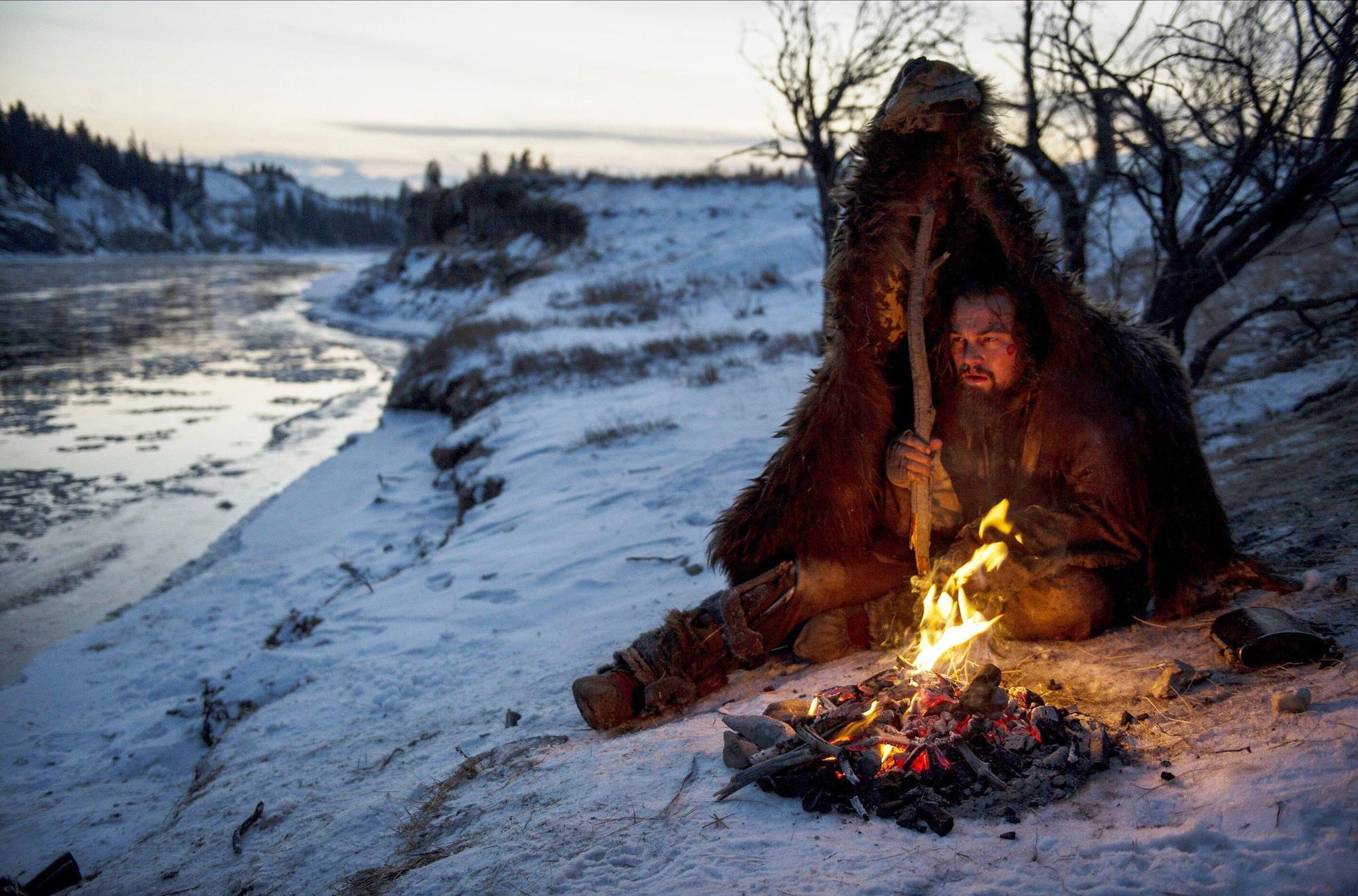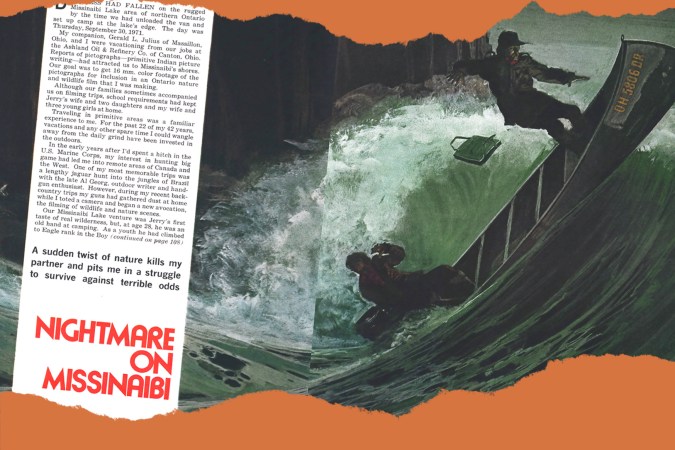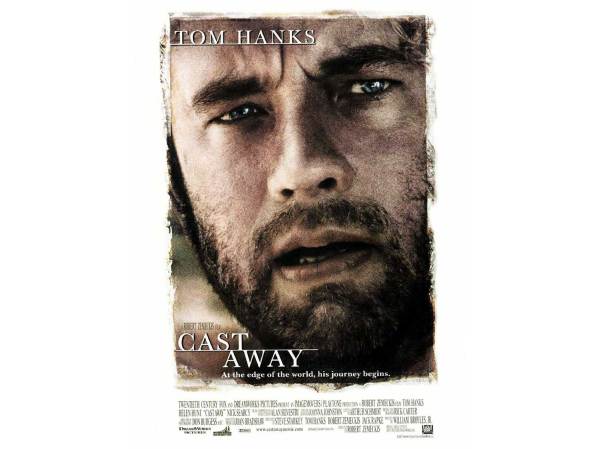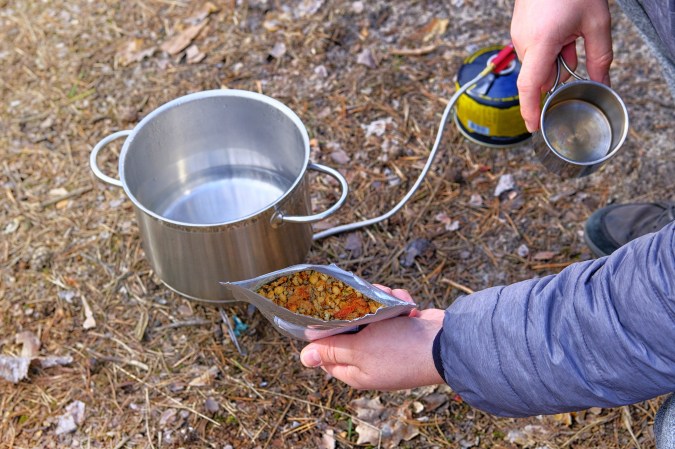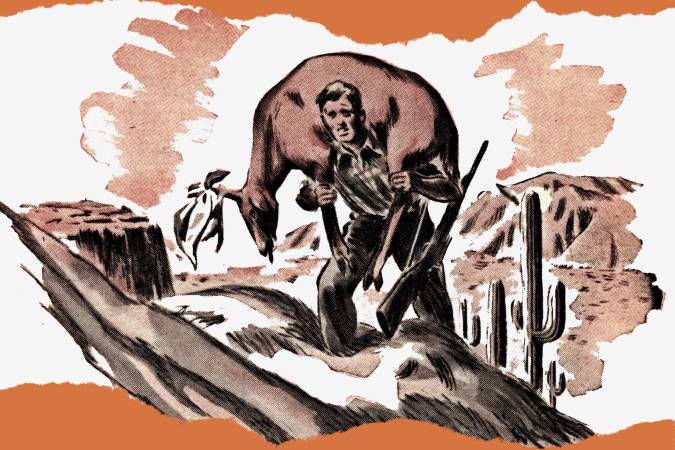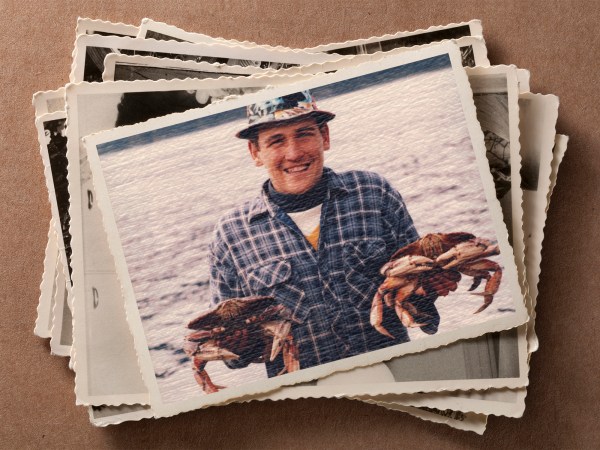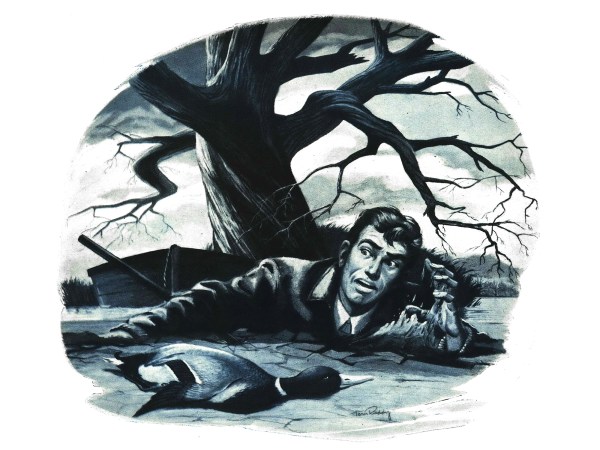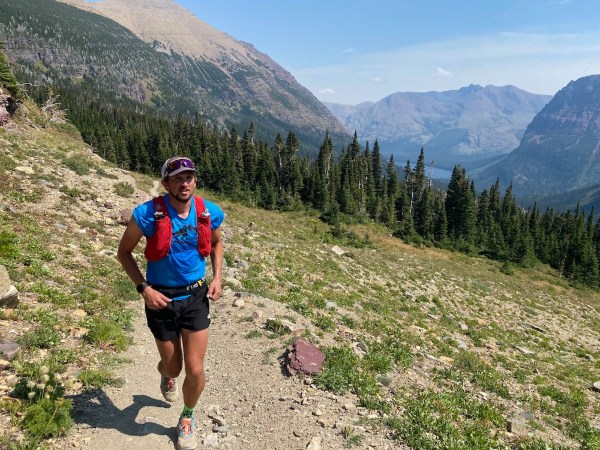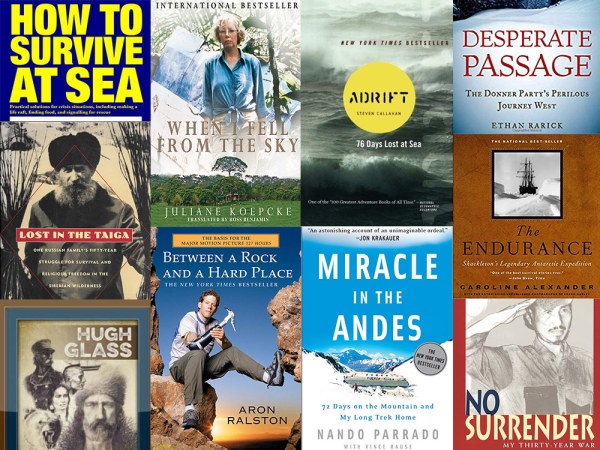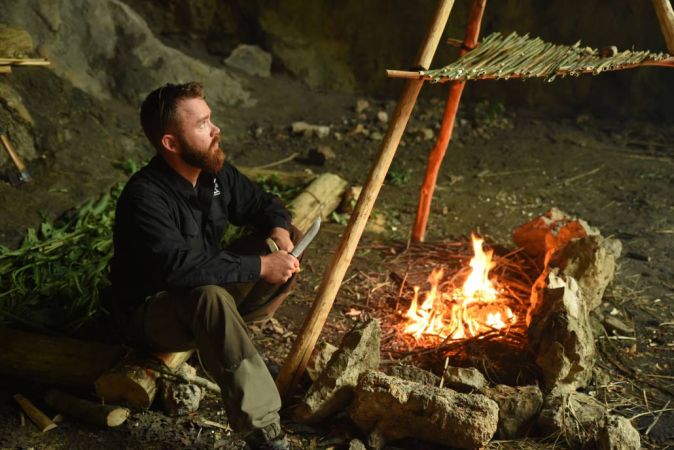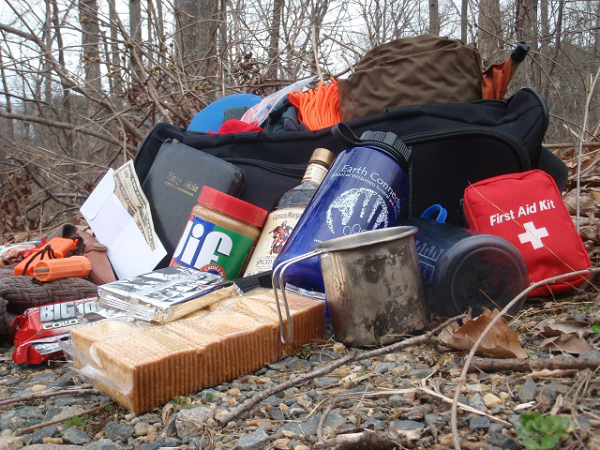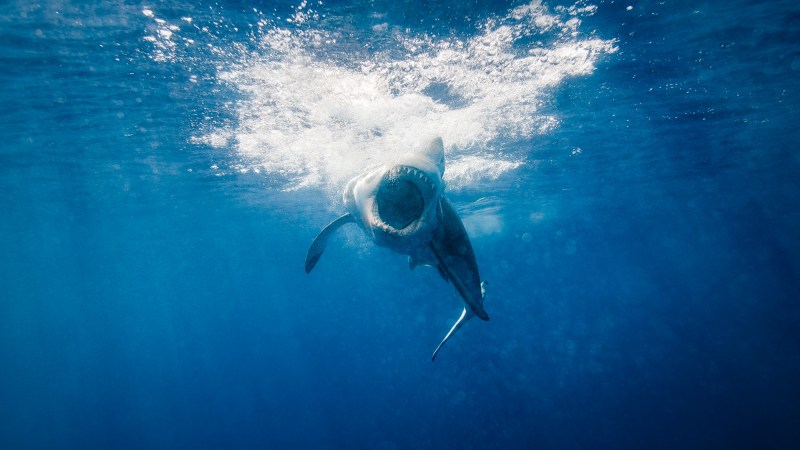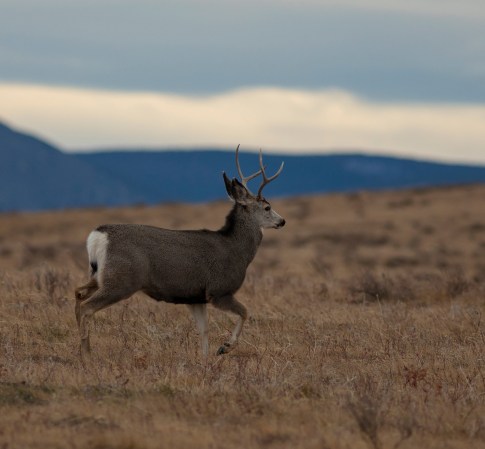We may earn revenue from the products available on this page and participate in affiliate programs. Learn More ›
Rarely do we tout ways to spend time inside on the couch. But we’re a versatile bunch, and everyone needs rest and relaxation every now and then. If you’re going to have a movie night, of course we’re going to recommend films with an outdoor component—particularly ones that involve a bit of a suckfest. In this sense, survival movies are always the right choice.
Good survival movies, much like the best survival books, are hard to beat. But survival movies are really easy to screw up, too. With that in mind, we had to include a couple that really missed the mark. These movies and the stories they tell are good for a lesson on what not to do and how nature doesn’t work.
What Makes a Good Survival Movie?
Good survival movies require a few key components. Without checking these boxes, a survival movie won’t survive this room of tough critics.
- Realistic interactions with and depictions of wilderness. Even with the best survival gear, staying alive in the wilderness in times of crisis often requires confronting painful realities—the most painful of which being that exposure to the elements can kill people. Survival movies that capture these truths win the day, and those that ignore or sidestep them don’t. It’s physically impossible to outrun a grizzly bear. Showing a protagonist doing so is just going to make us snort our beer.
- Life-or-death decisions. Survival is all about making the right decisions. Sometimes those are big decisions, like when a protagonist has to choose between saving their partner or themselves. Other times they’re smaller choices, like whether to try eating something questionable at the risk of getting sick.
- Learning moments. Any movie that can teach us a thing or two about primitive survival skills or other useful information is well worth the watch. Unfortunately, lots of movies give bad advice.
- Complicated endings. The best survival movies don’t end with the protagonist escaping unscathed and walking into the sunset. Real survivors endure long recoveries, lost or dead companions, PTSD, or some other recurring reminder of the trauma they have survived.
Our Editors’ Favorite Survival Movies
After mulling over the countless options, our editors picked their favorite survival movies of all time based on how realistic, engaging, and stomach-churning they are. Disclaimer: spoilers ahead.
Alive (R, 1993)

In 1972 a flight carrying 45 people, including an Uruguayan rugby team, crashed in the remote Andes mountains at high elevation, surrounded by nothing but snow, rock, and sky. After two months of facing the elements, an avalanche, and starvation, only 18 passengers survived—largely by eating the deceased members of their group. Eventually, two of the survivors set out on a journey to find help, one that would take them 38 miles over a 15,000-foot peak. Alive is based on that true story. It’s a film that makes you consider what you would do to survive, and is a great example of the most important survival asset: the will to live. —Scott Einsmann
Jungle (R, 2017)

Based on the harrowing (and true) survival story of Yossi Ghinsberg, Jungle features Daniel Radcliffe as the adventurous backpacker, anxious to see the unseen and explore the unexplored. A shady guide offers to take him deep into the Bolivian jungle where the group is separated and Ghinsberg must find his own way out of the rainforest. Natural horrors abound and, eventually, our hero is forced to cut open his own forehead. I found the movie dark, realistic, and skin crawling. The film keeps you invested with every fresh hell Ghinsberg faces, and provokes disturbing thoughts about human nature, adventure tourism, and the lengths you might go to escape the mundane in pursuit of an authentic and extraordinary life. —Ashley Thess
The Revenant (R, 2015)

The story of Hugh Glass’ 200-mile odyssey is one of the great frontier survival tales of all time. Who cares if Leonardo DiCaprio’s portrayal of the story is largely fictionalized. The film’s scenery is stunning, the action is thrilling, and the bear mauling scene is brutal and iconic. If nothing else, DiCaprio does a good job portraying how horrible the whole experience must have been. If you want a more realistic retelling of Hugh Glass’ adventure, try reading Lord Grizzly. —Alex Robinson
The Way Back (PG-13, 2010)

The Way Back is one of my favorite survival movies. It’s based on the true story of a few Soviet prisoners who escaped a Siberian Gulag and adapted from the book, The Long Walk, and follows the characters as they walk south across the Gobi desert, communist China, and ultimately arrive in India. I know how bad it hurts to trek around the mountains of Alaska for two weeks at a time with all the modern backpacker’s comforts. This is an unfathomable story of persistence and survival. —Tyler Freel
Touching the Void (R, 2003)

I’ve seen a number of mountaineering documentaries and docudramas (go watch The Alpinist now if you haven’t seen it yet) but the one that lives rent-free in my head is Touching the Void. It reenacts the true story of two climbers, Joe Simpson and Simon Yates, who were attempting a first ascent of the West Face of Siula Grande in Peru. They do make it to the top, but things go downhill (literally and figuratively) after that: bones are broken, storms ensue. At what appears to be the crux of the story, Yates is forced to cut the rope during a belay (lest both men be killed) and Simpson crashes through the glacier into a deep crevasse.
Yates, believing his partner dead, returns to their basecamp. But Simpson isn’t dead, simply too deep in the crevasse to call up to the surface for help. I won’t spoil what happens next but it’s a survival maneuver that still has me in awe 20 years later. —Laura Lancaster
Unbroken (PG-13, 2014)

Based on the true story and #1 New York Times Bestseller by the same title, Unbroken follows Olympic track star Louis Zamperini as he goes from fame and glory in the 1936 Berlin games to the lowest lows a human can endure. After enlisting in the Army Air Corps at the onset of World War II, Zamperini’s plane goes down over the vast South Pacific, forcing him and two comrades, Phil and Mac, to survive for weeks in a pair of scarcely-supplied life rafts floating over shark-infested waters in enemy territory. They survive by fishing with hooks baited with seagull meat, catching rainwater, and wrestling small sharks out of the water with their bare hands. After 47 days adrift, during which time Mac dies, Zamperini and Phil aren’t exactly rescued. Instead, their salvation comes in the form of capture, imprisonment, and torture by the Japanese military.
What makes Zamperini’s story one of the best survival tales of all time? Just when the harrowing wilderness survival component comes to an end, the real hell begins. —Katie Hill
The Worst Survival Movies
Into the Wild (R, 2007)

Based on a true story, Into the Wild is one of the worst survival movies, and not least because the hero dies. From a survival standpoint, Chris McCandless was horribly unprepared to survive independently on the Alaskan landscape, and he would have probably succumbed earlier had he not found the bus. Also, he wasn’t in a very remote area. My family used the bus as our hunting camp until 1972, and would drive their pickup trucks out there. Unfortunately for McCandless, he decided to turn back too late, and unfortunately for the bus, it was forever turned into a tourist trap and, ultimately, removed from the landscape. –Tyler Freel
Prey (R, 2022)

This prequel to Predator is set in 1719 and only worth watching if you can suspend disbelief. Cool sci-fi movie? Definitely. Interesting characters? Sure. Accurate survival movie? Absolutely not.
The protagonist, Naru, is a Comanche teen desperate to prove herself a hunter and warrior among male peers. The script, however, has her perform all kinds of super-human stunts. Naru spooks a buck she’s trying to kill with a tomahawk and proceeds to run alongside it at top speed through the timber. While chasing the deer, Naru’s dog somehow trips a double long spring foothold trap with the tip of his tail. The running buck sounds like a galloping horse, complete with a whinny and bull elk chirps. Any outdoorsman can spot the problems. Later, Naru attempts to kill a mountain lion by using herself as live bait, a creative interpretation of big-cat hunting tactics. Worst of all, she manages to outrun and outswim a charging grizzly bear—which can cover 20 yards in a single second—while calf-deep in a river.
The movie is set in the northern Great Plains but shows sweeping landscapes of the Canadian Rockies. (Since I don’t know what kind of tech the Predator was working with, I’ll overlook how his thermal imaging was foiled by metabolization of a flower that “cools the blood,” rendering a warm human body invisible to heat signatures in mere seconds.) I can set aside realism to entertain most any sci-fi world, but this movie takes place on Planet Earth, with real wildlife and real people. Indeed, the whole plot hinges on human resourcefulness. True wilderness survival is in the details, and Prey gets them all wrong. —Natalie Krebs
Survival Movie FAQs
Research has shown that we get hooked on survival movies and shows because we experience adrenaline-inducing situations without the negative emotions of being in immediate danger. In this sense, watching survival movies is sort of like seeing great white sharks from inside an underwater cage or soaring in a skydiving simulator. Plus, survival movies usually come with a healthy dose of character development, nail-biting action, and occasional romance.
While it’s difficult to track down the first survival movie, films like The Sea Beast (1926), Five Came Back (1939), and Lifeboat (1944) are some of the earliest survival films ever made. The Sea Beast was the first movie ever based on Herman Melville’s Moby Dick. Five Came Back is about an airplane with a varied mix of passengers that crashes in the Amazon. Lifeboat is about, well, a lifeboat, and its passengers who must survive on emergency rations in the wake of a Nazi U-boat torpedoing and sinking their passenger ship.
Survival movies can teach us many lessons. We can learn from the mistakes protagonists make that land them in difficult situations and we can learn from their ingenuity that ultimately leads to their rescue. These movies also inform us how to gear up for our next adventure (or, at least, what to look for in the best survival kits). We can also consider our own actions in similar situations and learn a thing or two about our own abilities and morals. How far would you go to survive in these situations?
Final Thoughts on Survival Movies
Nothing compares to a really good survival movie. They can take you from the highest highs to the lowest lows and back again, all within a few hours. The next time you’re trying to choose between the same old horror flicks or true crime docs, take a walk on the wild side and pick one of our favorite survival movies instead. Ration your popcorn accordingly.

